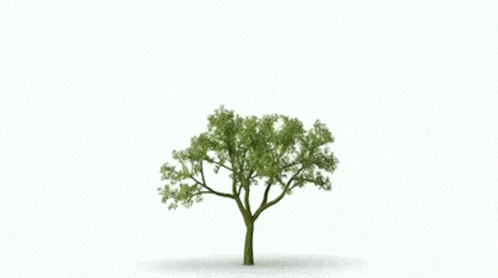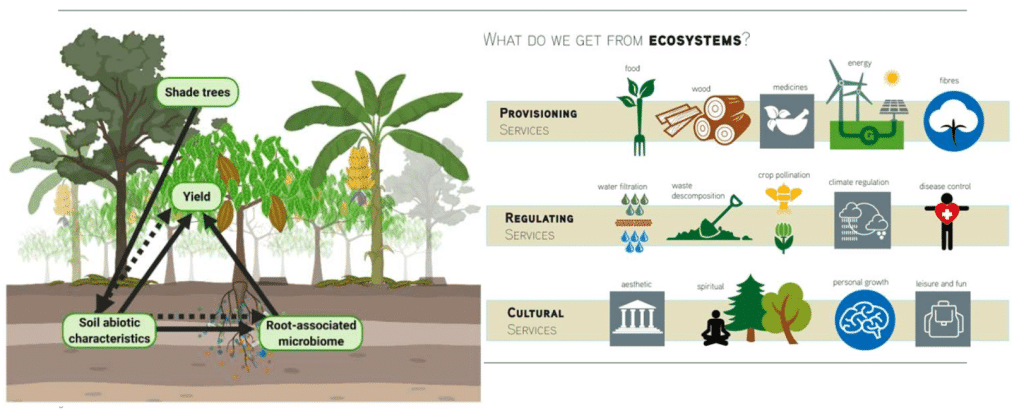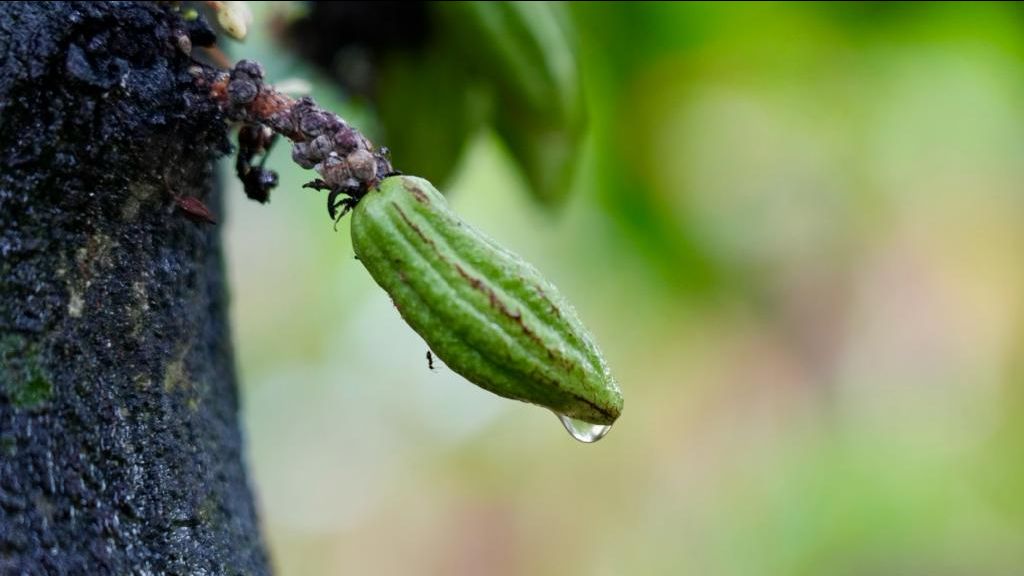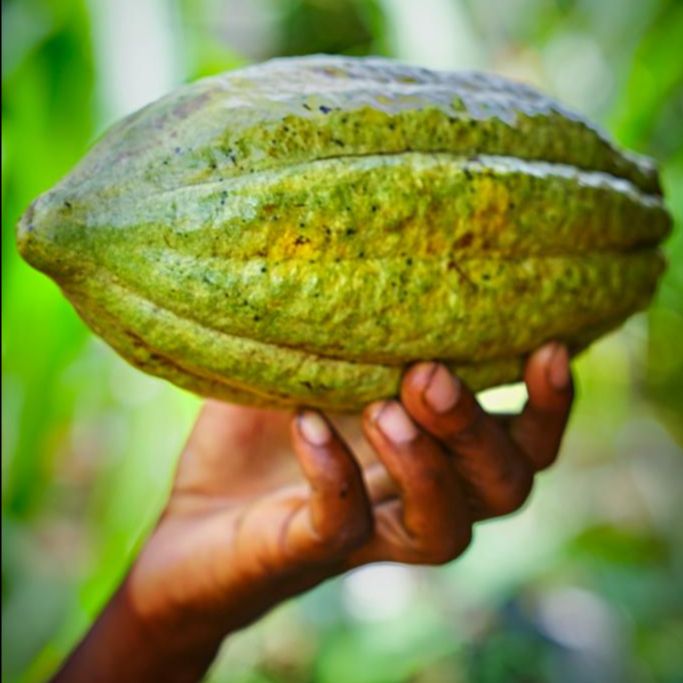Let’s Plan(t) The Future Together !
Join us in sowing the seeds for a sustainable future!
Join us in sowing the seeds for a sustainable future!
Gratitude in Bloom
As we embark on the journey of a new year, we are eager to reveal our ambitious plans for the upcoming months. But first and foremost we would like to express our deep appreciation for the wonderful collaboration that we have built up with you over the years in the world of chocolate.

Every Tree Planted is a Promise to Mother Earth
Trees and forests stand out as formidable tools in maintaining our planet’s coolness and combating climate change. Were you aware that forests are among the most effective solutions for addressing the impacts of climate change? This is not only due to their carbon storage potential but also because they provide essential ecosystem services such as clean air, water resources, biodiversity, food, and cultural benefits.
Planting trees is our way of giving back to Mother Earth! Over the past two years*, we have been planting trees in sensitive areas close to cacao farms, as part of a forest corridor. Last year’s trees were planted in Guatemalan Eco region ‘Lachuá, the year before we planted trees to restore an ecological corridor in the Northern Mountain Range of the Dominican Republic.
This year we will plant trees at the crossroads where cacao, climate and nature meet! We go for a nature positive cacao chain…

Trees with Impact
In the present day, there is considerable focus on climate change, and terms like “green” and “sustainable” have become widely used buzzwords. While there’s a fair amount of greenwashing that muddies the waters of genuine sustainability, we’re issuing a call to action. That’s precisely what we aim to accomplish with our trees!
While the concept of growing trees and forests may seem straightforward, it is -in reality, quite challenging. Unfortunately, many planted trees do not survive long enough to reach maturity.
Similar to the artistry involved in crafting the finest chocolate, establishing a robust forest or agroforestry system demands careful planning to ensure maximum impact from the investments made.
True impact becomes evident only after a decade or two, with initial results emerging after a few years. Speaking of impact implies a sustained commitment to a consistent direction for years to come…
Each tree planted should serve a well-defined purpose beyond carbon storage. For instance, if your cacao thrives in healthy soils but the surrounding forest ecosystem is degraded, assigning a purpose to your tree -such as enhancing biodiversity, allows for the connection of forest areas and the creation of corridors. This fosters habitat expansion, enabling wildlife and flora to thrive.
In cases where the soil is impoverished, and the goal is to cultivate healthy cacao forests while restoring the soil, opting for biodiverse cacao agroforestry is recommended. Ensuring the areas are as extensive as possible adds value at a landscape level. Of course, this approach must align with the interests of the farmers involved.

Much like the artistry involved in crafting the finest chocolate, establishing a successful agroforestry system is also an art! Every small detail holds significance: from the selection of beans and tree species to determining the cacao percentage, the spacing or density of trees, and the combination of other ingredients. It extends to considerations like the mix of tree species, potential fillings, or the layers within the forests. Even factors such as storage conditions for chocolate or weather patterns play crucial roles.
To develop a powerful “recipe” for planting trees for nature, cacao cultivation must contribute positively to biodiversity, carbon sequestration, healthy soils, and overall ecosystem well-being. It’s a comprehensive approach, ensuring that every element harmonises to create a beneficial impact on the environment.

Nature & Cacao Revival in Uganda
As a follow-up to our sourcing commitments in Uganda, we have started sparring with our Ugandan partner cooperatives Bwamba & Semuliki Cooperative Union, with NGO Trias, ZOTO, G-STIC, and ITC,to make the partnership even stronger from a forest, climate and nature point of view.
We couldn’t be happier to announce that we are starting the year by launching a climate resilient approach in the Bundibugyo region of Uganda.

Location| Reality & Challenge
Located between the Rwenzori Mountains Protected Areas and the Semuliki National Forest, the Bundibugyo area is a resource-rich area with unique biodiversity, a potential carbon sink and provider of ecosystem services such as water, clean air, healthy soils and much more more.
The reality is that 85% of Ugandan cacao is grown in this area on small plots of land with highly degraded soils, resulting in low cacao production.


Smallholder cacao producers are both ‘victims’ of the effects of climate change and ‘perpetrators’ by contributing to climate change and its impacts due to unsustainable agricultural practices.
>> To turn this problem into a solution, we must work at landscape level and take into account the complex balance between nature restoration and conservation and the reality of the farmer. Small holder farmers -like most people- want to increase their income to address the many challenges their households face.


Approach | Growing Multi-layered Cacao Forests
Together with 750 farmers from 5 primary cooperatives from communities located between Rwenzori and Semuliki, we will convert current cacao plots into productive and climate-friendly “cacao forests”.
Native tree species and fruit trees will be cleverly integrated into the cacao plots. These cacao forests will form a corridor to the protected zones with the aim of restoring forests, biodiversity and ecosystem services. Meanwhile, thanks to healthier soils, cacao production has the potential to be increased.
Naturally, the post-harvest processes will be checked, monitored and improved. The cooperatives are connected to the specialty market with higher prices. Better and smarter sales of cacao –both in quality and quantity- and the commercialisation of other crops will ensure that family incomes can increase.
Moreover, there is a new partnership in the pipeline, a collaboration with a local micro-finance partner for green loans!
>> Exciting, right? So you can see that these trees are not ‘just trees’. These trees are part of a larger ecosystem and bring about a change for flavour, forests, farmers and their future. Trees with impact!

If you want to plant trees smartly, good planning and great collaboration are crucial to create positive impact and transformation.
This is our New Year’s resolution that we want to share and develop with you. We’re ready to continue shaking up the chocolate community and pushing the boundaries for a better chocolate world.
And we really hope that it will be an example and inspiration for many others to look beyond what seems feasible and have the courage to walk the talk!
>> Are you ready to join us on our journey towards better flavours, more biodiverse forests, a thriving farming community with a good fortune and lots of fun?
